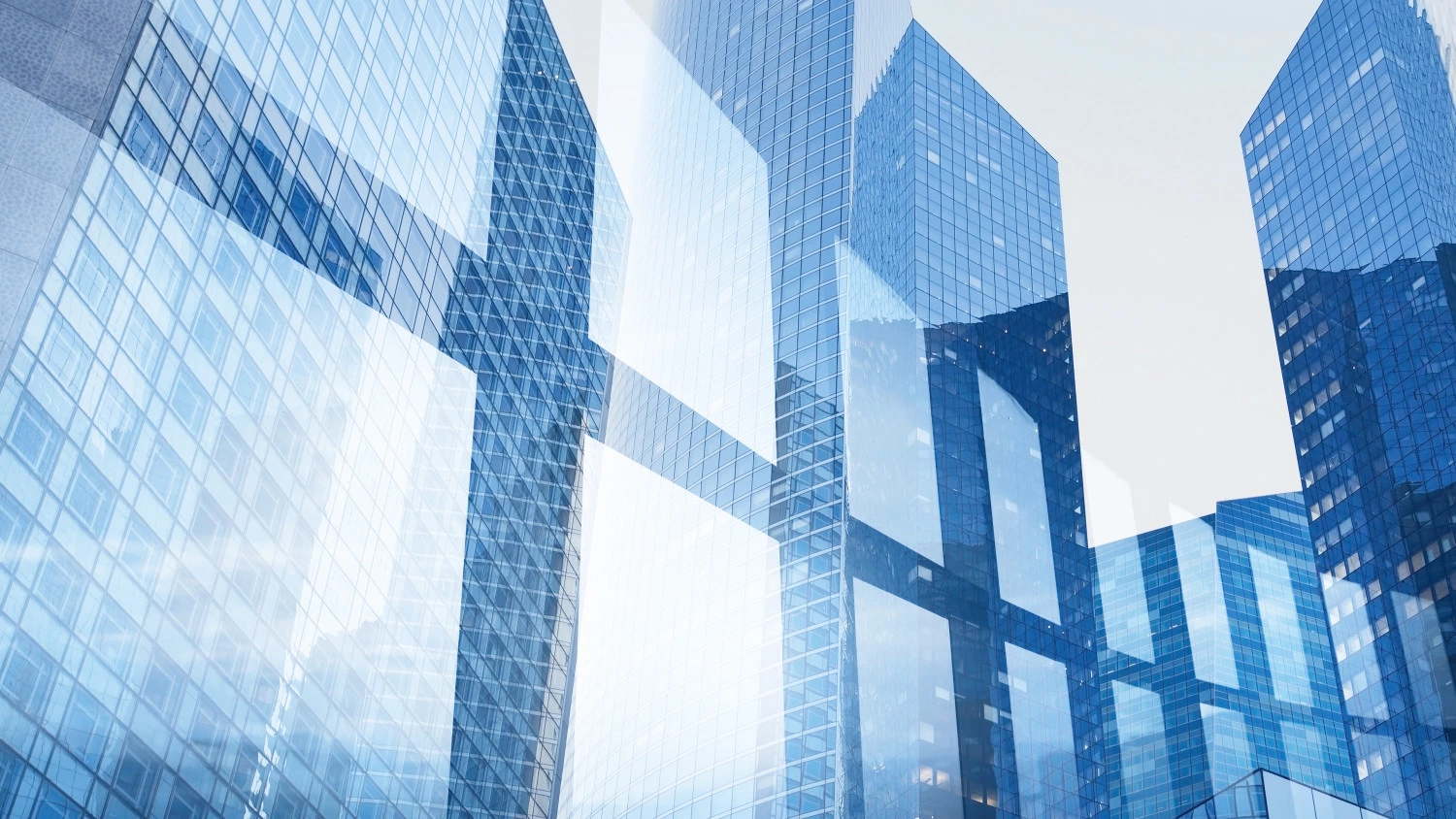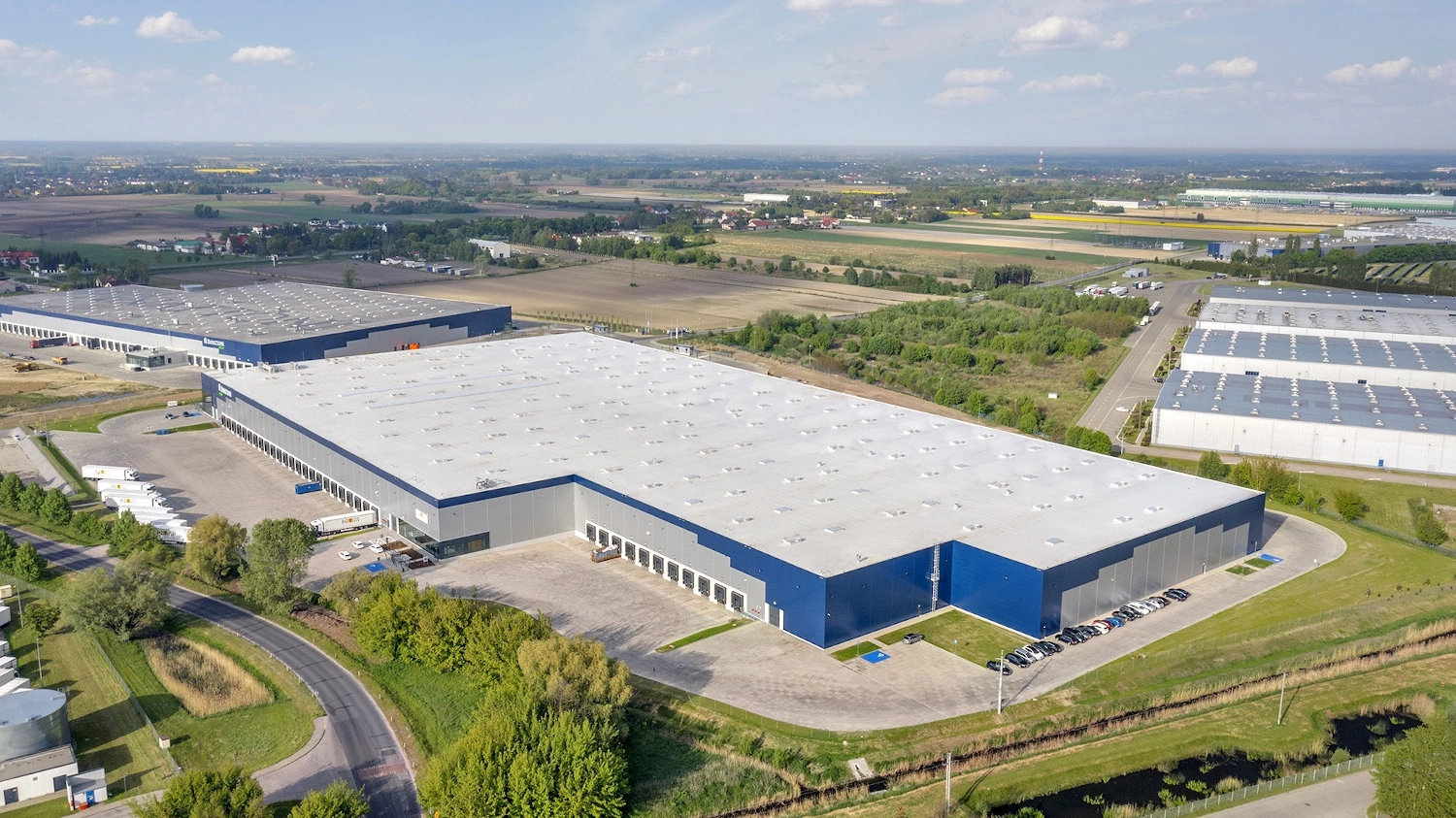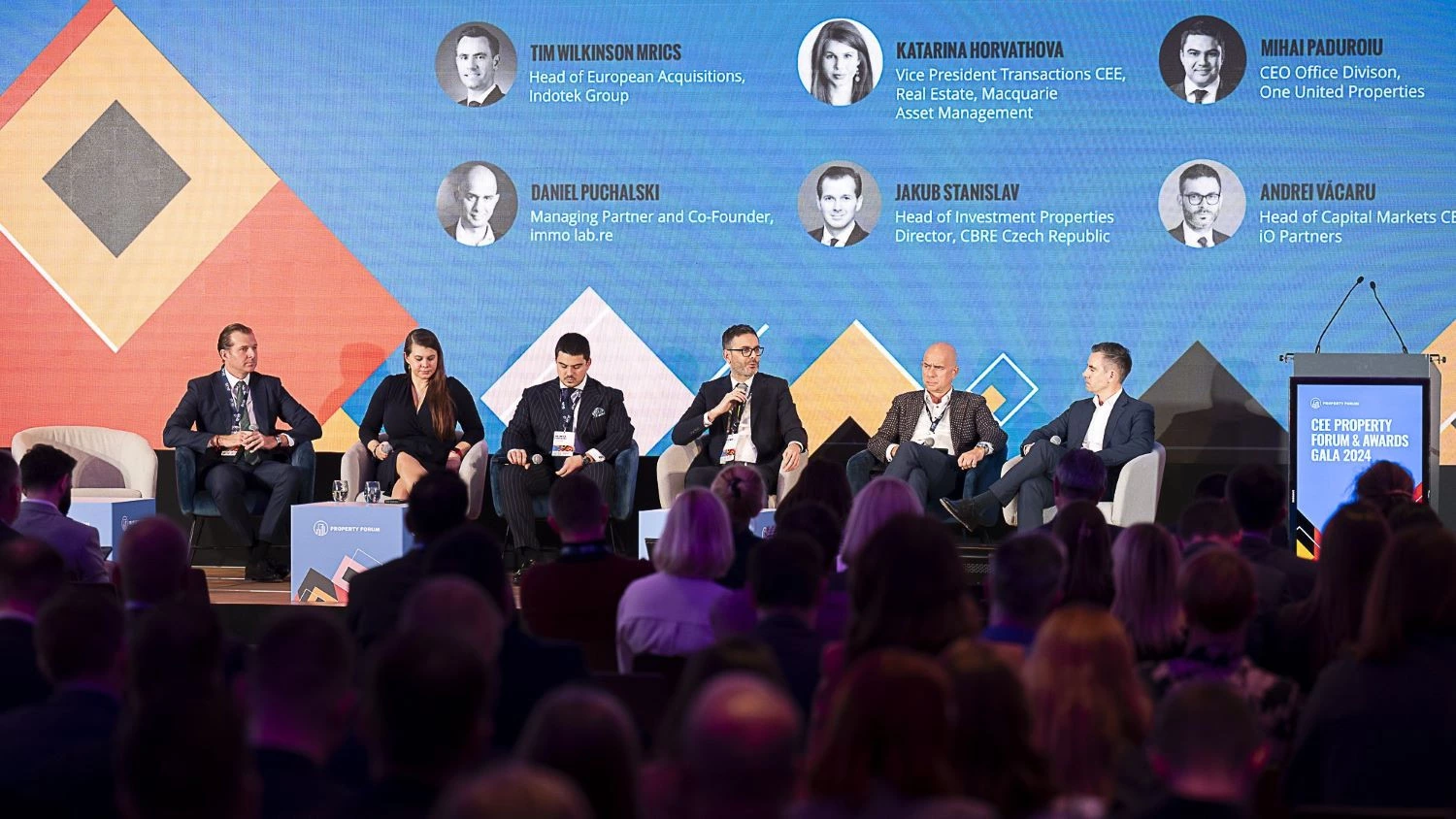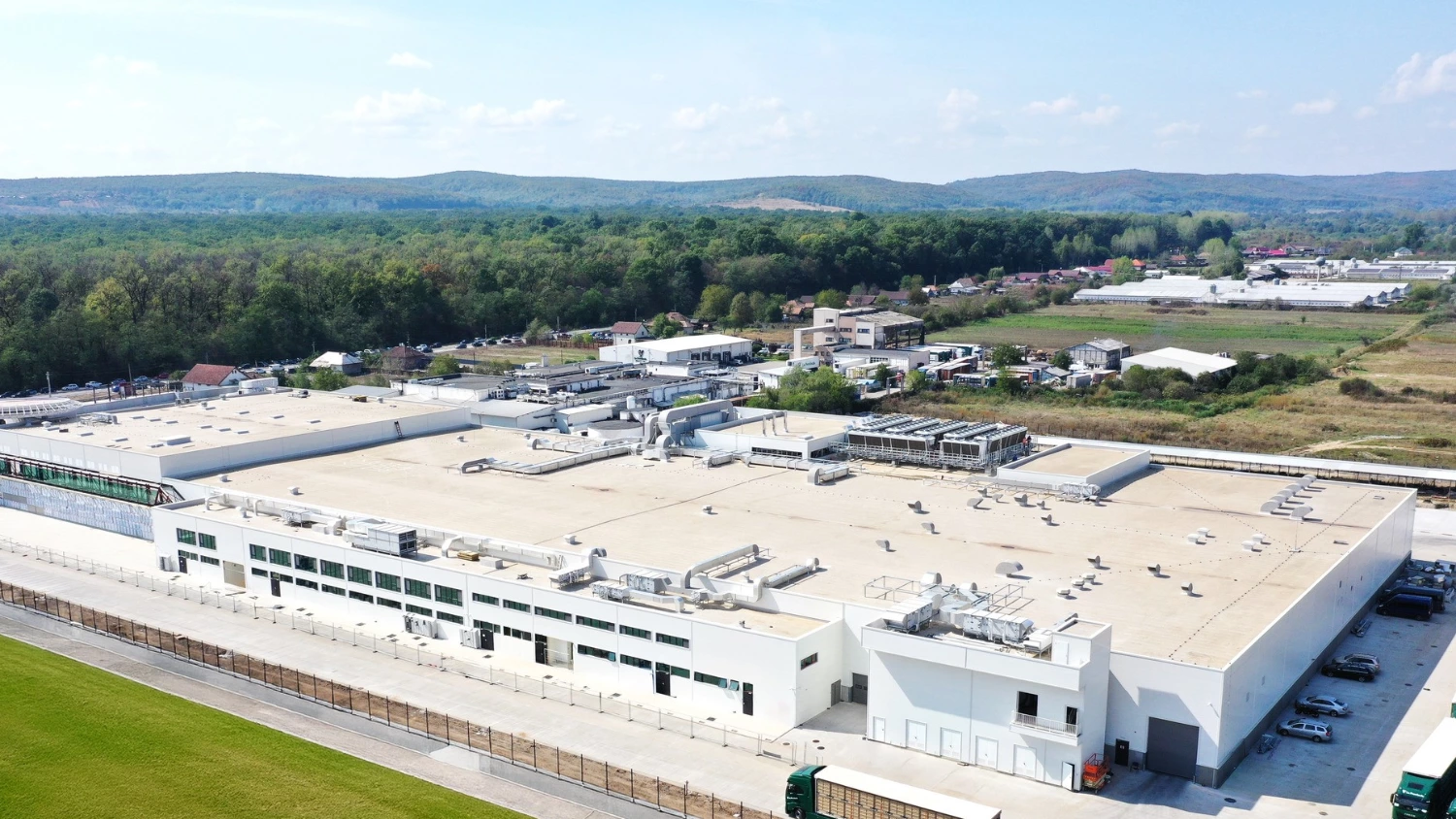The ongoing project addresses a legacy of acidic tar deposits dating back to the 1940s, with systematic filling occurring during the communist regime before clear environmental regulations existed. The volume of waste is substantially higher than the 60,000 tons estimated under the 1999 privatisation contract with the Romanian state.
Sorin Graure, GM of Rompetrol Rafinare, said, "We are seeing clear progress in the lagoons where our partners have acted, and we are convinced that, in collaboration with them and with the relevant authorities, we will successfully bring this story to an end—a story that neither we nor the people wanted."
Work this year has resumed with the treatment of ponds 19 and 20, bringing the total of treated lots to approximately 50% of the overall acidic tars deposited before the Rompetrol Group (now KMG International) took over the refinery. The chosen technological solution involves the in-situ treatment of the acidic tars, transforming them into a solid, inert waste by using calcium oxide (quicklime). This neutralisation process typically lasts three to four days, after which the neutralised tar is mixed with cement, water, and hardening additives before being deposited in impermeable and monitored ecological landfills.
Rompetrol Rafinare monitors the project closely, with contractors - Artera Blue and Salubris Waste Management - required to implement preventive measures, such as water curtains and high-capacity water cannons, to limit dust dispersion. The company also operates two air quality monitoring stations.










